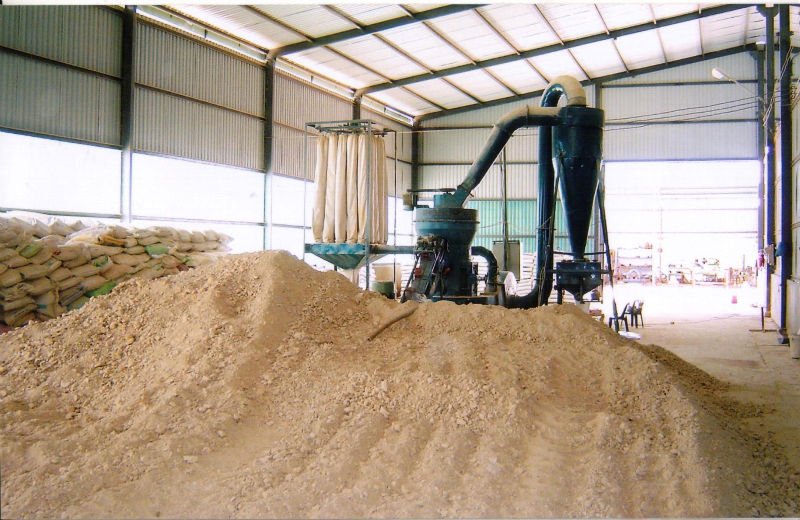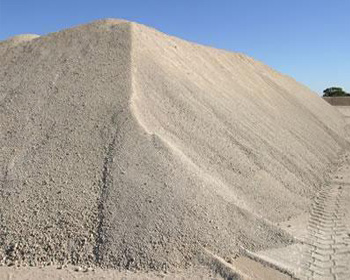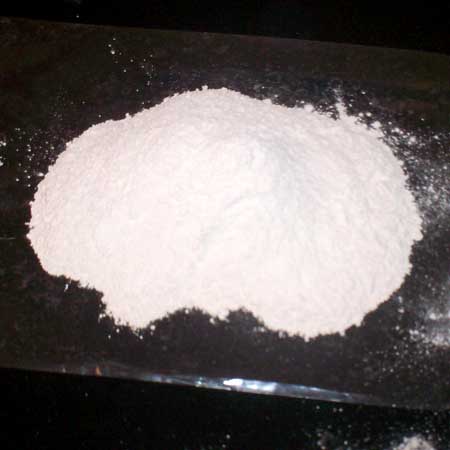Welcome to Bentonite

Pure Graphite is a mineral form of the element carbon (atomic number 6) and its symbol is C. It forms in veins in metamorphic rocks as the result of the metamorphism of organic material included in limestone deposits. It is an extremely soft mineral at 1 to 2 on Mohs' hardness scale. It is black and has a black streak. (Streak is the color of a mineral when it is crushed to a powder). Its softness and streak make graphite useful in making “lead” for pencils. Crystals are uncommon, but when they occur, they are found as rough, six-sided (hexagonal) flakes, as in the drawing. It breaks into minute, flexible flakes that easily slide over one another. Mineralogists call this basal cleavage. This feature is the cause of graphite’s distinctive greasy feel. It is this greasy characteristic that makes graphite a good lubricant. Because it is a solid material, it is known as a dry lubricant. Graphite is the only non-metal element that is a good conductor of electricity. In nature, graphite is found in two distinct forms, flake graphite and lump graphite. Lump graphite is more compact than flake and lacks the distinctive flaking mentioned earlier.












GRAPHITE POWDER SOURCES.
It is estimated that the world reserves of graphite exceed 800 million tons. China is the most significant graphite-producing nation, providing nearly one-half of the United States’ annual graphite demand. Flake graphite is also imported to the United States from Brazil, Canada, and Madagascar. Lump graphite is imported from Sri Lanka. Graphite resources in the United States are very small. At one time a significant deposit at Ticonderoga, New York, was exploited, but this source no longer produces graphite. For a number of years, the United States has not produced natural mineral graphite and is completely dependent on the combination of imported, synthetic graphite, and recycled graphite sources.
GRAPHITE POWDER USE
Because graphite flakes slip over one another, giving it its greasy feel, graphite has long been used as a lubricant in applications where “wet” lubricants, such as oil, can not be used. Technological changes are reducing the need for this application. Natural graphite is used mostly in what are called refractory applications. Refractory applications are those that involve extremely high heat and therefore demand materials that will not melt or disintegrate under such extreme conditions. One example of this use is in the crucibles used in the steel industry. Such refractory applications account for the majority of the usage of graphite. It is also used to make brake linings, lubricants, and molds in foundries. A variety of other industrial uses account for the remaining graphite consumed each year.